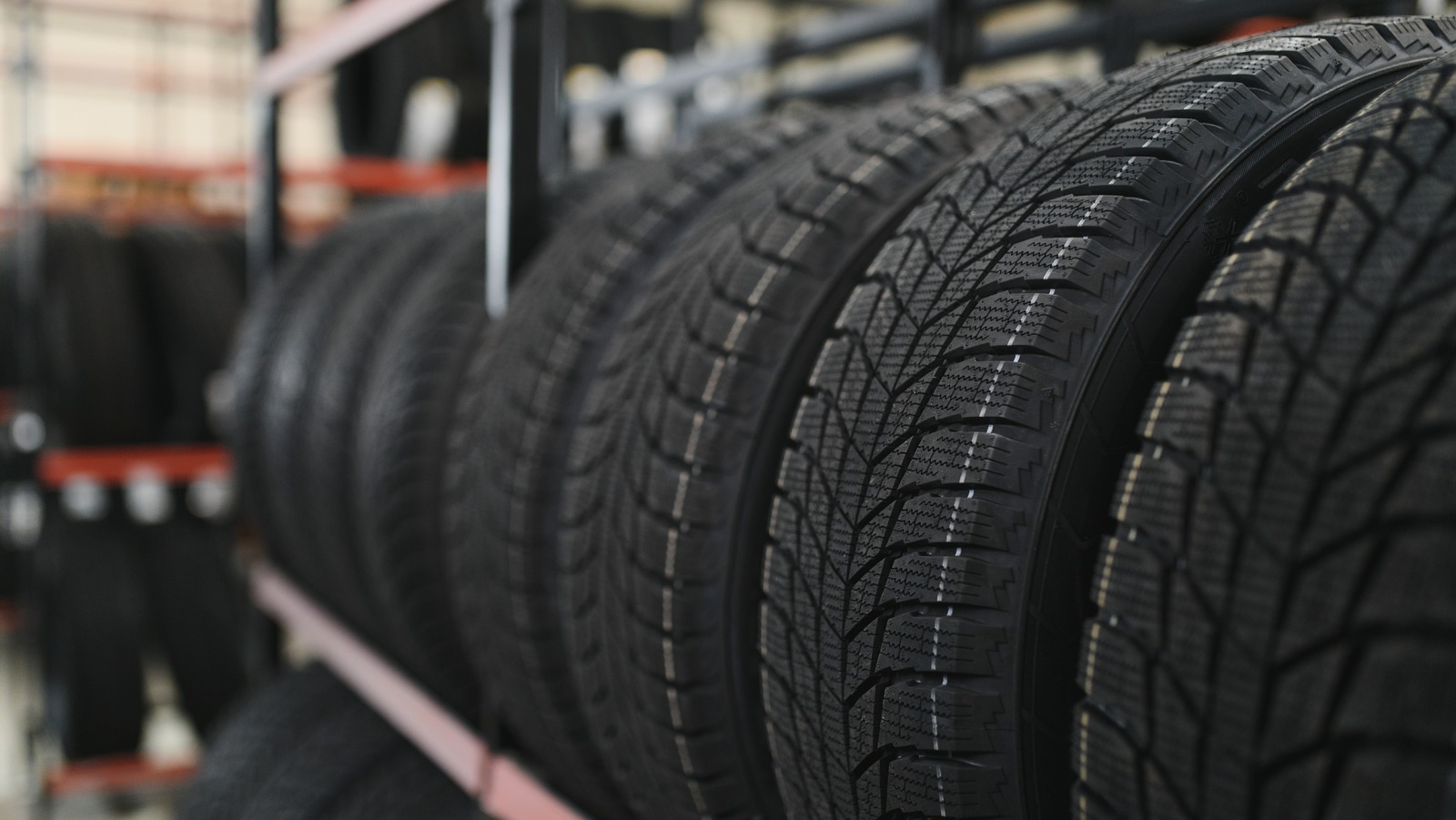Which Tire Tread Pattern Actually Suits Your Driving Needs?
Ever stood in a tire shop, staring at rows of rubber, and wondered why the tread patterns look so different? You’re not alone. The design on your tires isn’t just for show—it’s a carefully engineered feature that can make a real difference in how your car handles, especially when the weather turns. Let’s break down the three main types of tire tread patterns—symmetrical, asymmetrical, and directional—and figure out which one might actually make your daily drive smoother, safer, or just a bit more fun.
What’s the Real Deal with Symmetrical Tread Patterns?
Symmetrical tread patterns are the old reliable of the tire world. You’ll recognize them by their repeating, mirror-image grooves across the entire tire. This design is all about consistency. It offers a quiet, comfortable ride and tends to wear evenly over time. If you’re driving a sedan or a compact car, and most of your trips are on dry, paved roads, symmetrical treads are a solid choice.
One big perk? Flexibility with tire rotations. Since the tread looks the same no matter how you flip the tire, mechanics can rotate them in any pattern, helping you get the most life out of your set. According to a 2023 report from the National Highway Traffic Safety Administration, regular tire rotation can extend tread life by up to 20 percent, especially with symmetrical designs.
But here’s the catch: symmetrical treads aren’t the best when it comes to high-speed cornering or wet-road grip. They’re built for comfort and longevity, not for pushing the limits. So if you’re looking for something sportier, you might want to keep reading.
Are Asymmetrical Treads Worth the Hype for Everyday Drivers?
Asymmetrical tread patterns look a bit like a split personality—different designs on the inner and outer halves of the tire. The inside is usually optimized for water evacuation (think wet roads and puddles), while the outside is beefed up for dry grip and cornering.
This hybrid approach gives you the best of both worlds: stability in the rain and confidence when you take that highway on-ramp a little faster than you meant to. Many modern sedans, crossovers, and even some performance cars come equipped with asymmetrical tires straight from the factory.
One thing to keep in mind: these tires need to be mounted in a specific direction, with the correct side facing out. If you’re a DIYer, double-check before installation. The payoff? According to tire engineers at Continental, asymmetrical treads can improve wet braking distances by up to 10 percent compared to symmetrical designs. That’s a noticeable difference when you’re trying to avoid a fender bender in a downpour.
When Should You Go for Directional Tread Patterns?
Directional treads look like arrows or chevrons pointing in one direction. They’re designed to channel water away from the tire’s contact patch as efficiently as possible, which makes them a favorite for drivers in rainy or snowy climates. If you’ve ever hydroplaned on the highway, you know how valuable that can be.
These tires also tend to offer better straight-line traction, which is why you’ll see them on performance vehicles and even some winter tires. The trade-off? They can be a bit noisier, and you have to be careful with rotations—directional tires can only be swapped front-to-back, not side-to-side.
In a 2022 study by Tire Review Magazine, directional treads reduced hydroplaning risk by up to 15 percent compared to non-directional options. For folks who regularly drive through heavy rain or slush, that’s peace of mind you can feel.
How Do You Decide Which Tread Pattern Is Best for You?
Here’s where it gets personal. Your ideal tread pattern depends on your driving habits, local weather, and what you value most—comfort, performance, or all-weather safety.
– Mostly city driving on dry roads? Symmetrical treads are quiet, affordable, and easy to maintain.
– Want a balance of wet and dry performance for mixed conditions? Asymmetrical treads offer versatility without sacrificing grip.
– Live where it pours or snows? Directional treads help you stay in control when the roads get slippery.
And don’t forget: tire technology is always evolving. Some manufacturers are blending these patterns for even more tailored performance. If you’re unsure, ask your local tire expert for recommendations based on your car and driving style.
The big takeaway? Choosing the right tread pattern isn’t about perfection—it’s about smarter adjustments. Start with one change this week, and you’ll likely spot the difference by month’s end.


